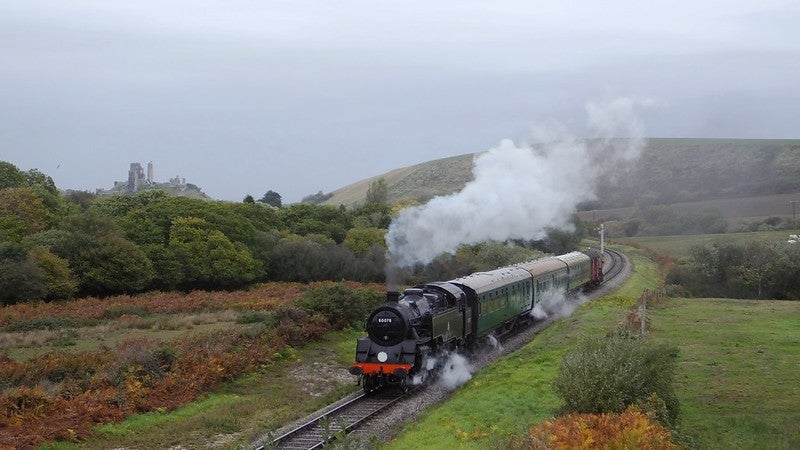
In response to a request from the UK Department of Transport, the UK National Engineering Policy Centre has published a paper on the challenges faced by the transport sector in preparing systems in the wake of the coronavirus pandemic.
Led by the Royal Academy of Engineering, the centre has collected data from transport industries regarding the measures adopted since the beginning of the lockdown.
The railway sector, for example, has implemented techniques like improved ventilation systems, in an attempt to provide additional fresh air into the carriages. Train providers are also exploring different air cleaning options, including those with CO2 sensing capabilities.
Despite the technological developments tested, what emerges is that challenges still arise when it comes to proving the effectiveness of new measures.
We spoke to Dr Alexandra Smyth, programme manager at the Royal Academy of Engineering, to find out more about the paper’s results.
Ilaria Grasso Macola (IGM): What are the main challenges in proposing solutions to avoid the spread of coronavirus?
Alexandra Smyth (AS): In the context of public transport, specifically there is a challenge to demonstrate and verify that innovations could work in the real-world context.
IGM: Evidence suggests the risk of airborne transmission of the virus. Why is that so? How can it be reduced?
AS: While evidence is still emerging about the transmission routes for Covid-19, as engineers, it is important to mitigate against all possible transmission pathways. Good ventilation with a high provision of fresh air and deployment of air cleaning technologies where this is not possible help reduce the risk of airborne transmission.
IGM: In the paper, you mention a series of techniques, including UV air cleaning. What are the pros of using such methods? Has their effectiveness been tested?
AS: UV air cleaning is known to be effective in hospitals, but its use in the confines of moving public transport cars creates new deployment challenges. Appropriate testing of innovative solutions has proved difficult given the demand for test labs.
IGM: What is being done to ensure staff safety? What more needs to be done?
AS: Safety is paramount for transport engineers and operators, and staff are working hard to ensure the safety of both their passengers and their colleagues in challenging circumstances.
IGM: How will measures such as modifying interchanges and monitoring the flow of passengers help ensure safety?
AS: Monitoring enables an understanding of where the pinch points might be so alternative routes can be identified to reduce overcrowding, enabling people to keep apart at a safe distance and reducing the risk of transmission.
IGM: In your opinion, how will the pandemic change the way we use public transport?
AS: The future of public transport usage is very much interlinked with the return to offices so it may be a while before we’re back at peak demand. However, in places like London, it will continue to be the most efficient way to get across the city.
IGM: Do you think these measures will remain long after the pandemic has gone?
AS: The measures have the potential to be beneficial for infection control beyond this pandemic to reduce the transmission of popular illnesses, including influenza and the common cold.



